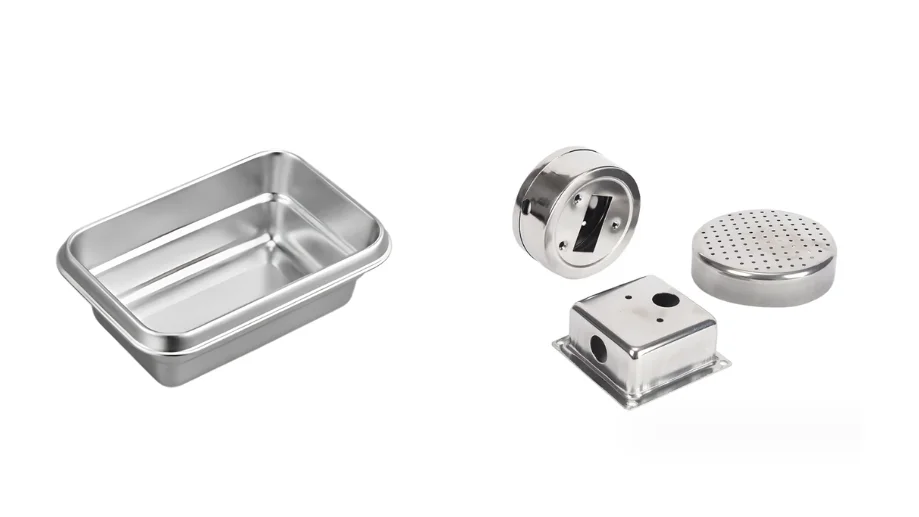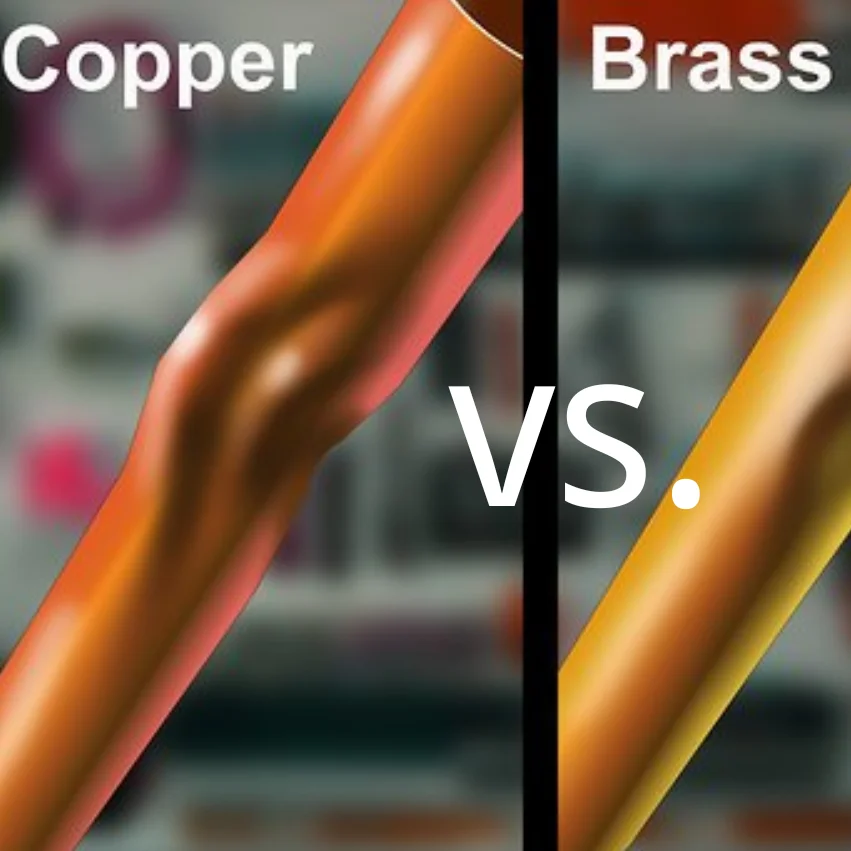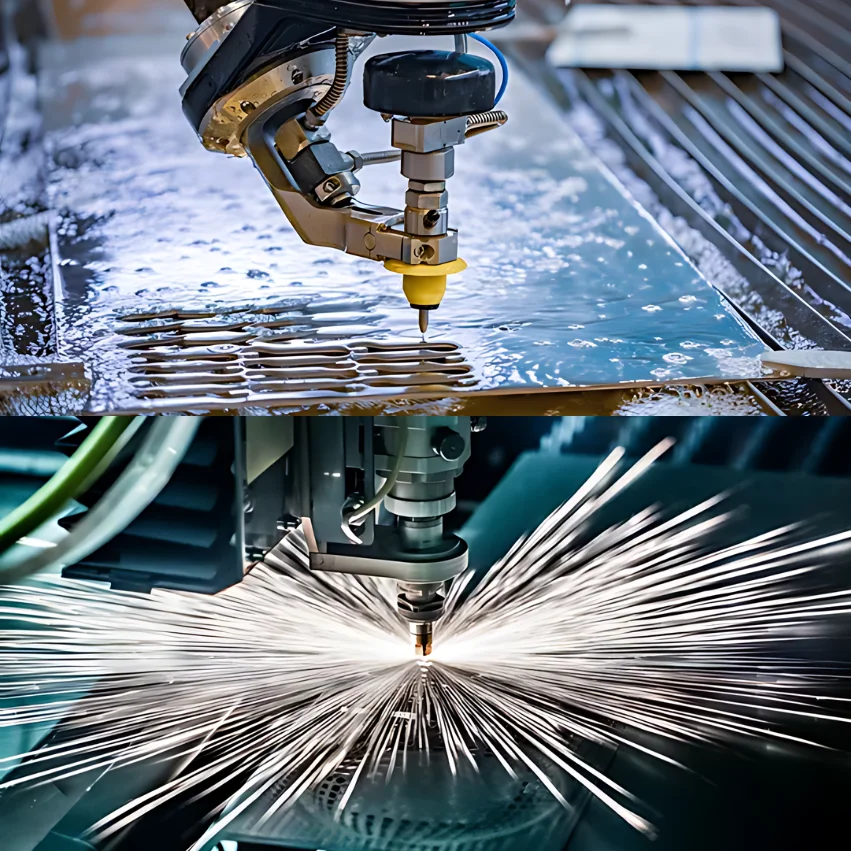The main difference between laser cutting and waterjet cutting is how the material is removed. Laser cutting can be used on metal, clay, steel, leather, aluminum, and many other materials. It melts or vaporizes the material by heating it. For a detailed example, see laser cutting aluminum.
Waterjet cutting is a precise form of material reduction manufacturing that cuts away small pieces of solid materials such as stone, tile, rubber, foam, and fabric with little to no heat.
What Is Laser Cutting?
Laser cutting is the process of cutting or engraving a material by moving it across a flat surface with a powerful laser. It is very easy to cut simple materials such as wood, cardboard, and acrylic with a laser. But laser cutting also requires attention to the odor emitted by the material.
The laser emits an intense, steady, adjustable light. The light is then redirected and refocused to end up with a fine point. Once the laser reaches a certain concentration, it becomes very hot and cuts the object.
Once the laser process is complete, the final piece can be removed. The laser cuts the part according to a vector drawing on the CAD software. There are two main types of laser cutters: carbon dioxide lasers and fiber lasers.
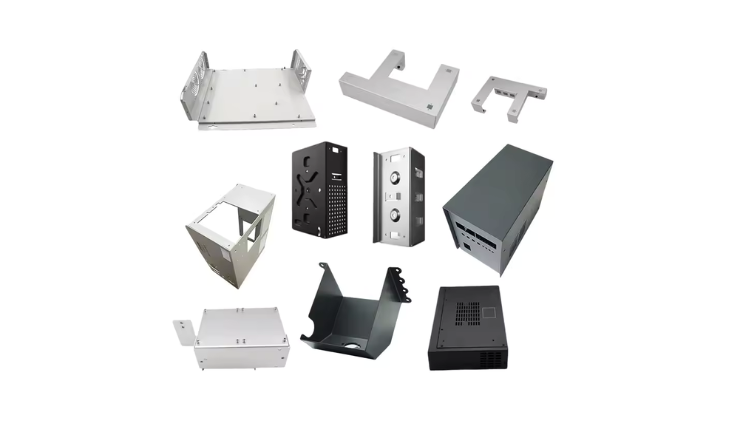
Advantages of Laser Cutting
Some of the advantages of laser cutting over waterjet cutting are as follows:
- Faster cutting speeds. A laser cutter can cut 20 to 70 inches per minute, while waterjet cutting can only cut 1 to 20 inches per minute.
- High accuracy. Laser cutters require a minimum 0.15 mm wide kerf, while waterjet cutters require a minimum 0.5 mm wide kerf.
- Less noise. A laser cutter operates at 75 decibels. Waterjet cutting is 90 decibels.
- Since laser cutting uses light as a tool. Therefore, laser cutting produces less solid and liquid waste than waterjet cutting. Waterjet cutting produces liquid (wastewater) and solid (cutting abrasives and raw material debris) waste. These wastes need to be properly disposed of for recycling or disposal.
Disadvantages of Laser Cutting
Some of the disadvantages of laser cutting are compared to waterjet cutting:
- Most lasers can only cut materials up to 30 millimeters thick. However, the most powerful lasers can cut materials up to 40 mm thick.
- However, laser cutting is not the best way to cut thick objects. Waterjet cutting is the ideal way to cut workpieces 250-300 mm thick.
- Because laser cutting converts small amounts of processed material into vapor, dangerous vapors may be generated. For this reason, the fabrication shop needs to be well ventilated.
- On the other hand, waterjet cutting does not produce any fumes and is more environmentally friendly.
What Is Water Jet Cutting?
Waterjet cutting is also known as waterjet machining. It is a machining process that utilizes a high-speed stream of water to cut material from the surface of a workpiece. Waterjet cutting can be used to cut soft materials such as rubber, plastic, and wood. To cut harder materials such as metal or stone, abrasives are mixed in water.
By means of a pump, the water from the tank is transferred to the booster. With the booster, the water pressure is increased from 5 bar to approximately 4000 bar. The intensifier feeds the water under high pressure into an accumulator. The accumulator stores the high-pressure water so that it can be used when needed. The high-pressure water is then transported to the valve, where it is converted into kinetic energy.
The velocity of the water flow at the nozzle is about 1000 m/s. Abrasives such as garnet or aluminum oxide are mixed with the water inside the nozzle. This fast-moving water carries the material away from the top of the workpiece when it hits it. There are two general types of waterjet cutting: pure waterjets and abrasive waterjets.
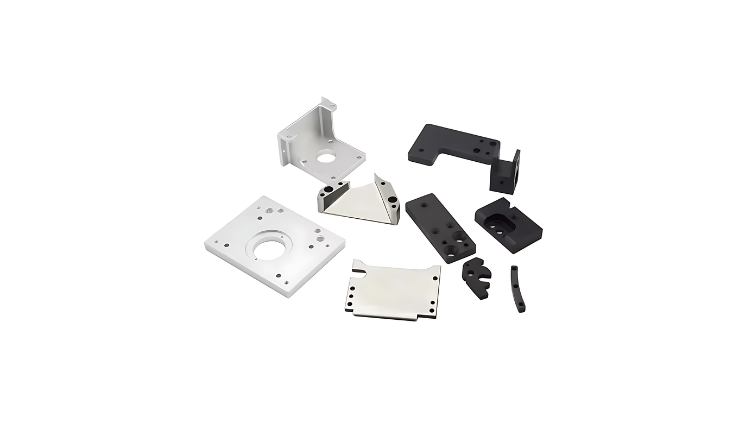
Advantages of Waterjet Cutting
Some of the reasons why waterjet cutting is superior to laser cutting are as follows:
- Waterjet cutting is a good way to process thick materials. Laser cutting, on the other hand, cannot cut as thick a material as waterjet cutting.
- Waterjet cutting is a cold-cutting method, which means that the part is not heated. Laser cutting, on the other hand, emits a lot of power and heat.
- Waterjet cutting does not produce harmful byproducts. Laser cutting, on the other hand, can emit dangerous vapors when cutting certain materials, so a ventilation system may be needed.
- Waterjet cutting produces clean, smooth cuts and usually requires no additional work. However, laser cutting may leave scorch lines that need to be cleaned up after the part is cut.
Disadvantages of Waterjet Cutting
Some of the disadvantages of waterjet cutting are compared to laser cutting:
- Laser cutting maintains the same measurement accuracy while waterjet cutting does not. For tasks that require great precision, laser cutting is the best choice.
- Waterjets take longer to cut objects less than an inch thick compared to laser beams. However, for objects that are close to or over an inch thick, the laser cutter slows down.
- Waterjet cutting is considered good for the environment. However, the water must be treated to remove used abrasives before it is used again. In addition, depending on the abrasive used and the material being cut, solid waste may need to be discarded in a hazardous manner. Laser cutting, on the other hand, only requires good airflow and ventilation systems.
Cost Comparison of Laser Cutting vs. Waterjet Cutting
The original cost of purchasing these two machines varies greatly. A laser cutting machine can cost anywhere from $8,000 to $250,000. A waterjet cutting machine can cost anywhere from $60,000 to $450,000.
There are pros and cons to each technology, but you should consider how many parts you need to cut, what kind of material you’re cutting, and how long it will take to cut. For example, laser cutting is the least expensive way to cut small parts. For larger parts, waterjet cutting is more cost-effective.
Speed of Laser Cutting vs. Waterjet Cutting
Laser cutters are faster than waterjet cutting when it comes to cutting parts that are less than an inch thick. In many cases, laser cutters can cut at speeds of up to 70 inches per minute. The optimum speed for waterjet cutting is about 20 inches per minute.
Accuracy of Laser Cutting vs. Waterjet Cutting
Laser cutting is superior to waterjet cutting in terms of accuracy. Although both laser cutting and waterjet cutting are very accurate, laser cutting is much more precise than the other methods. Laser cutting has a minimum accuracy of 0.15 millimeters, while waterjet cutting has a cutting accuracy of 0.5 millimeters.
Laser Cutting vs. Waterjet Cutting of Materials
One of the factors that determines the use of these two cutting methods is the material to be cut. Laser cutting can be used on many different types of materials such as metal, glass, plastic, and wood. However, laser cutting is not suitable for materials that are reflective. The reason for this is that light energy must be transmitted to the object in order for it to heat, melt, or vaporize. In addition, laser cutting cannot process thermally unstable materials because they decompose when heated.
On the other hand, waterjet cutting cannot cut tempered glass or diamonds. But it can cut many other things. The waterjet cutting process does not produce heat; it uses the force of water under pressure to cut.
Alternatives to Laser Cutting and Waterjet Cutting
Some alternatives to both laser cutting and waterjet cutting include plasma cutting and oxy-fuel cutting.
Plasma Cutting
In plasma cutting, a stream of ions at temperatures above 20,000 C is used to fuse a cutting path through the material. An electric arc must be created between the electrode and the workpiece for this method to work, so the material being cut must be electrically conductive. Plasma cutters can cut different types of metals such as aluminum, nickel, titanium, stainless steel, and plain carbon steel.
Oxy-fuel Cutting
Oxy-fuel cutting uses a mixture of fuel gases such as oxygen and acetylene to heat the metal to ignition temperature. A high concentration of pure oxygen is then injected into the hot area. This causes an exothermic chemical reaction between the metal and the oxygen. As a result, iron oxide (also known as slag) forms along the heated area.
Finally, the stream of oxygen expels the slag, allowing it to cut the metal. Non-ferrous metals cannot be processed in this way because they produce metal oxides. Metal oxides melt at a higher temperature than base metals. Therefore the oxides do not fall off; instead, they form a protective film on the metal.
Summary
In conclusion, this article shows the difference between laser cutting and waterjet cutting. We talked about the characteristics of each of them and when to use them. For more information about laser cutting and waterjet cutting, please contact us. Widetop has a professional and technical team.
For all of your testing and production needs, Widetop can provide a variety of different fabrication services such as plate cutting and other value-added services. You can learn more about us by visiting our website.

